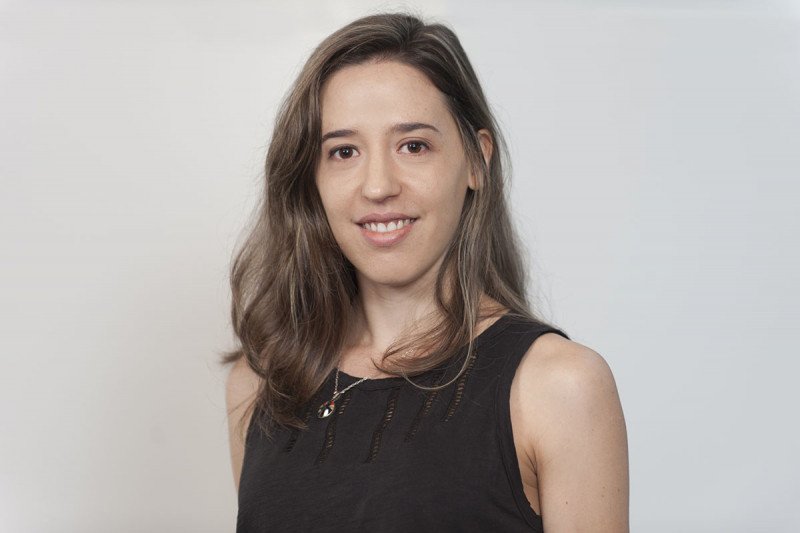
When you look back on your career 25 years from now, what do you hope to say about it?
I am a chemical engineer seeking to bring my expertise in computational chemistry into drug-discovery projects. I am currently transitioning from academia to industry. Twenty-five years from now, I want to be able to say that it was a good decision, that I never lost the excitement I feel when I learn something new, and that I contributed to finding cures for human diseases. In addition, I would like to be able to say that I prioritized a healthy work-life balance and that I did my best to generate opportunities and a supportive environment for women and underrepresented minorities in my field.
Why did you choose Sloan Kettering Institute for your postdoc?
I got to know SKI through John Chodera, my current PI, who was a fundamental reference during my doctoral studies and who, by the way, does a great job enhancing diversity and supporting women in our group.
While doing my PhD, I enjoyed reading about the molecular mechanisms of diseases and drug-discovery research. I was thrilled by the possibility of doing research in these areas while working with amazing people, which is why I applied for a postdoctoral position at SKI.
What do you always try to find time for outside of the lab?
One of the most important things in my life is spending quality time with my partner doing simple things from having breakfast together almost every day to cultural activities to trying different food on the weekends. In addition, my greatest passion is ballet, so I take classes every week.
What could the scientific community do better when it comes to supporting female scientists?
At the least, we need to demand that institutions create or improve strategies and policies to achieve equality in funding and recruiting. In this context, double-blind reviews of grant proposals have decreased the disparity of funding between female and male applicants. I think this should be the default procedure, and a similar approach could also be applied to peer-reviewing articles. On the other hand, it has been shown that double-blind reviews are not sufficient because different communication styles can contribute to the gender gap: Women tend to use fewer positive words to describe their work and projects, which usually results in lower scores.
When it comes to academic staff, areas such as physics and computational science are traditionally linked to men. Some institutions have opened academic staff vacancies only to female applicants for a certain time period. This might sound extreme, but we cannot wait for cultural changes that will likely take many decades. Improving representation in academia is an urgent matter. I am making this point also as a Latino woman, since we face origin-related prejudice, too.
What would you tell your younger self about the scientific life?
I would tell my younger self to not idealize academia and to be a less self-demanding person. During the first years of my PhD, I used to think that my work was not qualified for publication, even though my advisors insisted it was. I had the idea that a paper should be a definite, complete picture that makes a remarkable contribution to science. Now I realize that those were personal demands and that I alone shouldn’t decide what is remarkable or a significant contribution. To paraphrase Professor Frederico Tavares from the Federal University of Rio de Janeiro in Brazil: Publications also play a social role by providing opportunities for networking and collaborations and allowing others to be a part of our scientific path.



